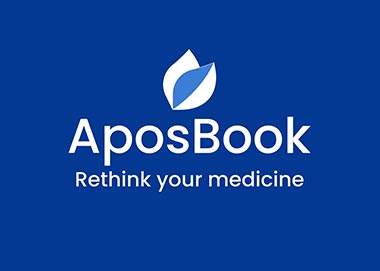Causes of Acne
Acne can develop due to a combination of internal and external factors, with one of the most common causes being excess oil (sebum) production, particularly in individuals with oily skin. During puberty, hormonal fluctuations, particularly an increase in androgen levels, stimulate the sebaceous glands to produce more sebum than the skin needs. This hormonal imbalance often leads to an oily skin condition and is a major contributor to juvenile acne.
Genetics also play a crucial role; if a family history of acne exists, the likelihood of developing acne increases. Some of the main causes leading to the development of acne, include:
- Follicular Hyperkeratinization: This condition occurs when the outer layer of the skin thickens, and dead skin cells fail to shed properly. Instead of sloughing off, they clog the sebaceous glands, which can lead to the development of acne. This blockage results in the formation of comedones - either closed (whiteheads) or open (blackheads).
- Bacterial Colonization: The skin naturally hosts bacteria like Propionibacterium acnes. However, when hair follicles become clogged with sebum and dead skin cells, these bacteria can proliferate. Their presence in clogged pores leads to inflammation and infection, exacerbating acne.
- Excess Sebum Production: When the skin produces too much oil (sebum), it can combine with dead skin cells, clogging hair follicles and leading to acne.
- Clogged Hair Follicles: Dead skin cells that aren’t properly shed can mix with sebum, blocking pores and creating an environment for acne to form.
- Inflammation: When the body reacts to clogged pores and bacterial growth, inflammation occurs, causing redness and swelling associated with acne.
- Hormonal Fluctuations: Changes in hormone levels, especially androgens, can trigger excess oil production and result in clogged pores, leading to acne breakouts.
These causes work together to initiate and worsen acne, leading to pimples, blackheads, or cysts depending on the severity.
Risk Factors for Acne
Several factors increase the likelihood of developing acne. These include:
- Hormonal Changes: Fluctuations in hormones, especially during puberty, pregnancy, or menstruation, can increase oil production, leading to acne.
- Genetics: A family history of acne can make you more susceptible to developing it.
- Oily or Greasy Skin: People with naturally oily skin are more prone to clogged pores, resulting in acne breakouts.
- Certain Medications: Drugs like corticosteroids, androgens, and lithium can trigger acne as a side effect.
- Stress: Increased stress levels may exacerbate acne by stimulating the adrenal glands to produce more hormones.
- Diet: Foods high in refined sugars and dairy may worsen acne by increasing insulin and inflammation, both of which affect the skin.
- Cosmetic Products: Heavy or oily skincare products can clog pores, contributing to acne.
- Environmental Factors: Exposure to pollution or humidity can lead to excess oil production and clogged pores, increasing acne risk.
Understanding these risk factors can help manage acne and prevent future breakouts.



























































[0]